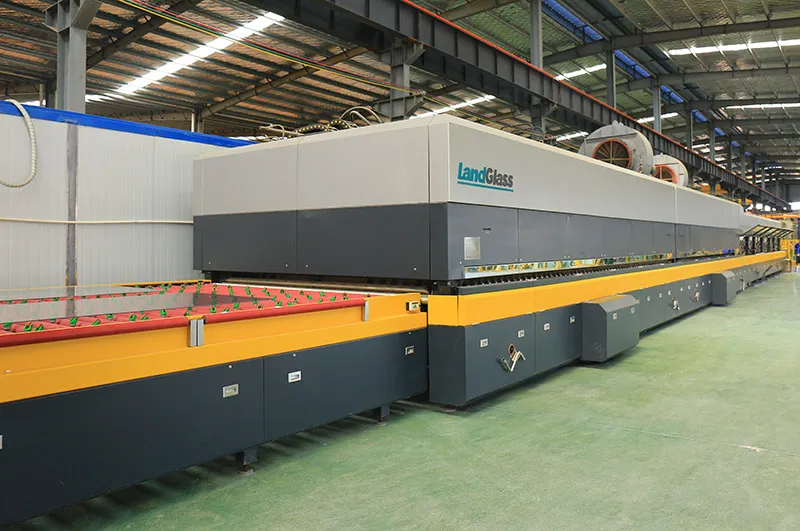Need some help?
We would love to help you with your project.
Heat-treated glass is heated in an oven at a high temperature and then cooled rapidly by blowing air onto both surfaces. The cooling process locks the glass surfaces in a state of compression while the core compensates for tension. The compression of the tempered glass surface is greater than 10,000 psi (68.9 MPa), therefore meeting standards such as ASTM C1048, ANSI Z97.1, AS/NZ 2208, EN12150, etc.

Railings, glass doors and partitions, shower doors and enclosures.
Architectural – 4mm to 12mm Grade ‘A’ safety glass manufactured to AS/NZS 2208-1996 Safety glazing materials in buildings and 15mm to 19mm Toughened glass.
The Australian/New Zealand standard for safety glazing materials assesses the impact resistance of tempered glass. It classifies glass based on the drop height required to break it and provides guidelines for its use in different applications.